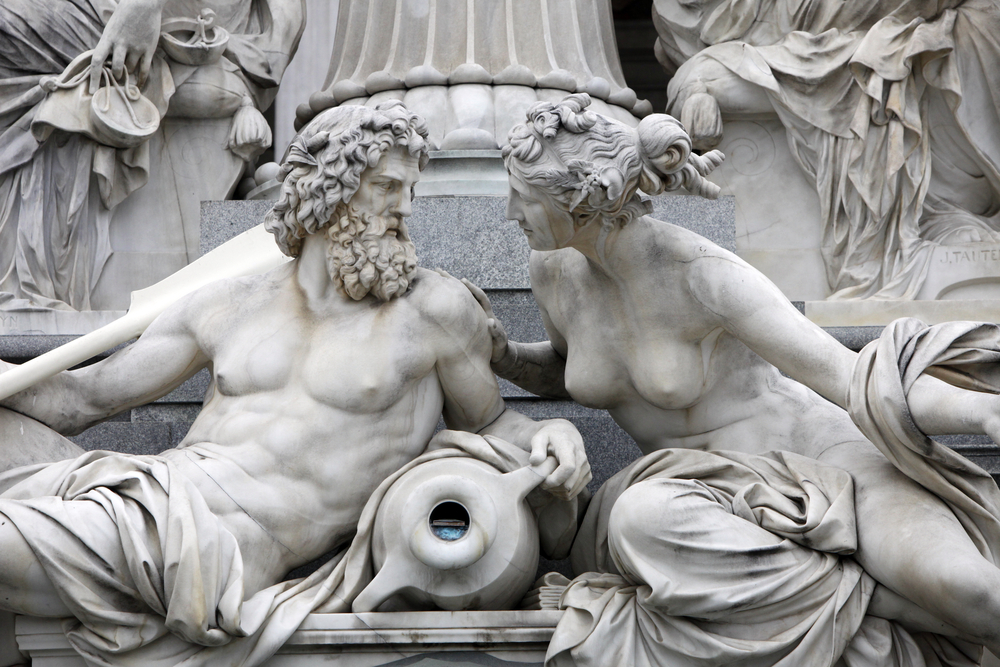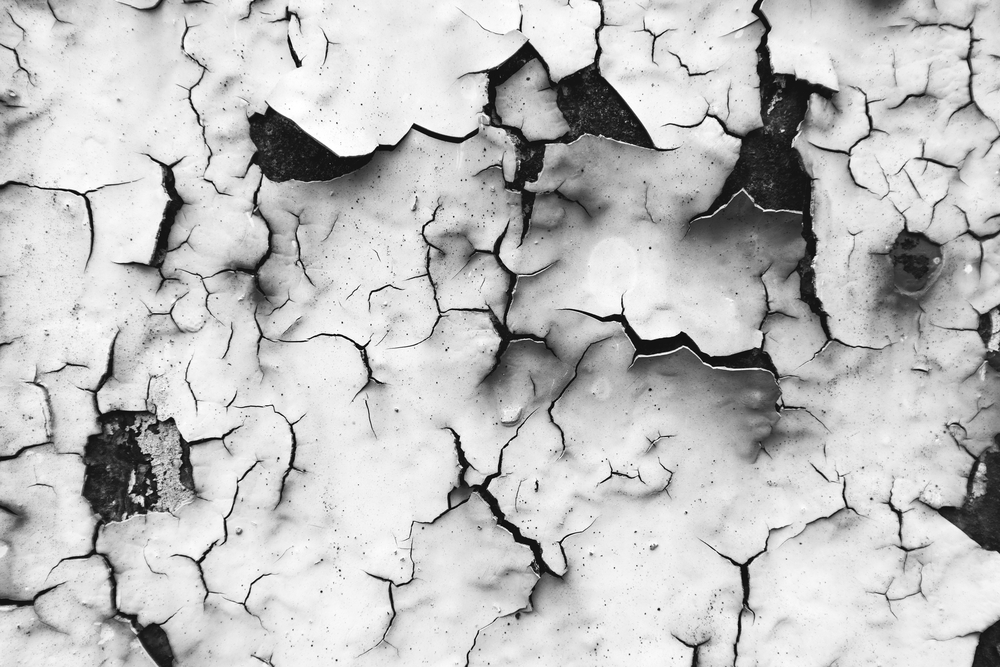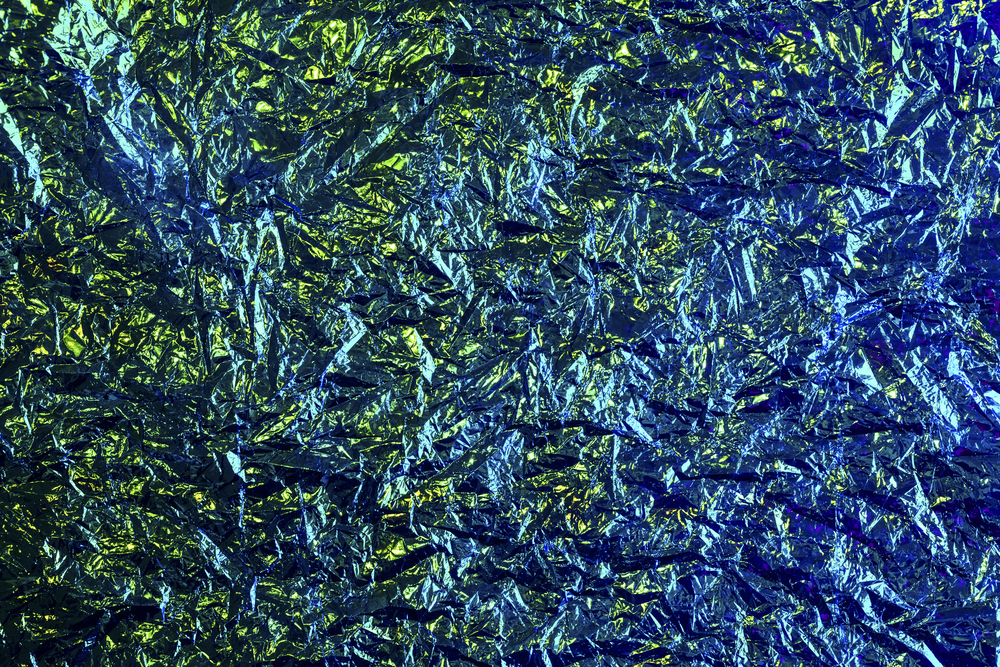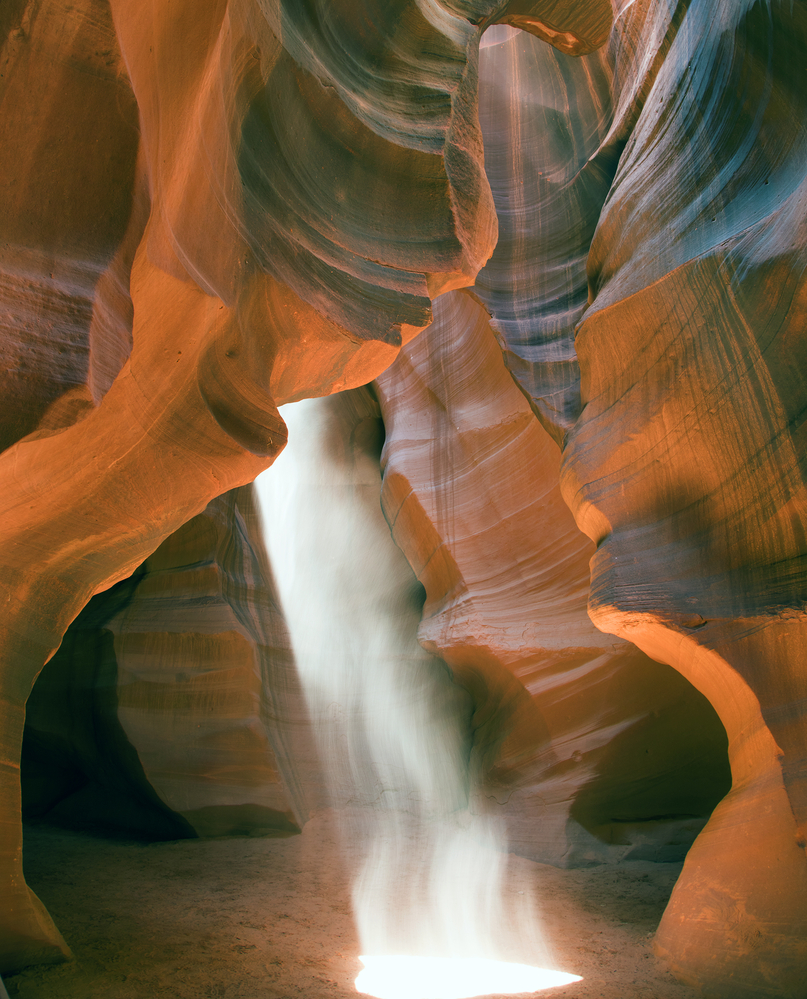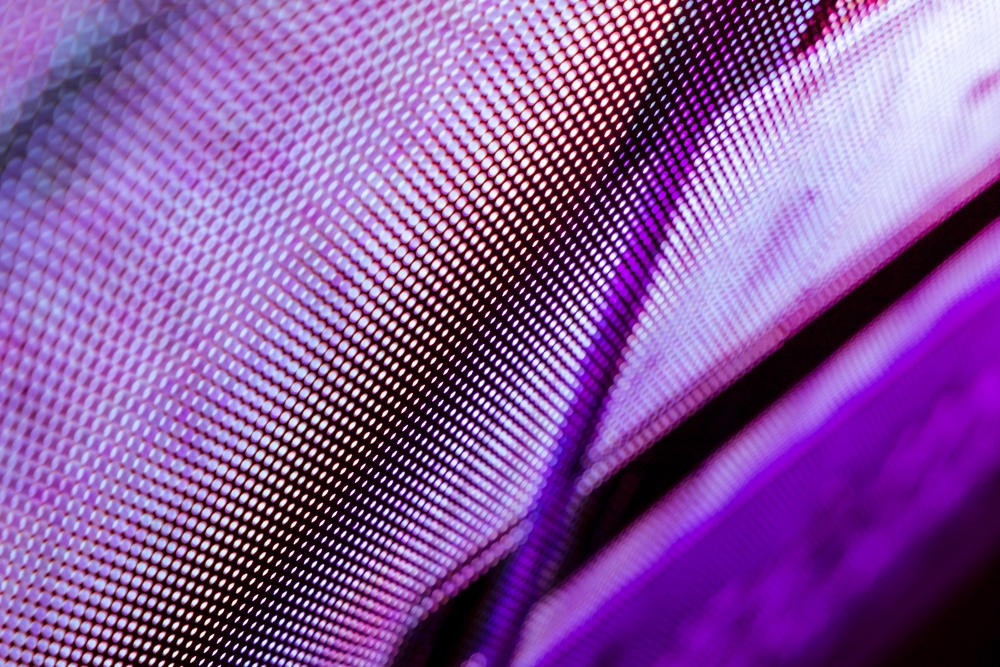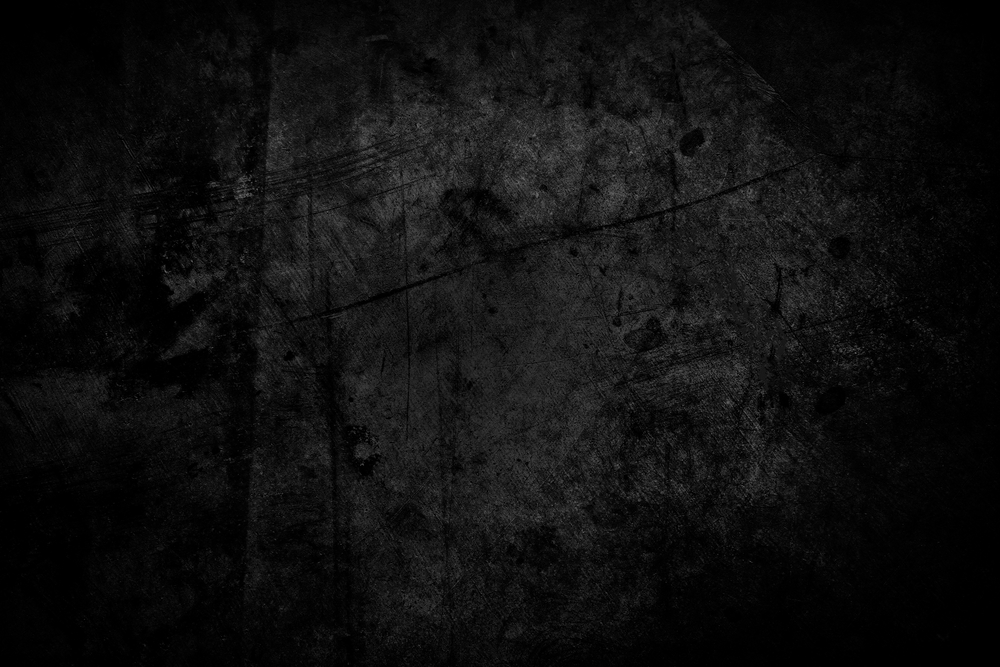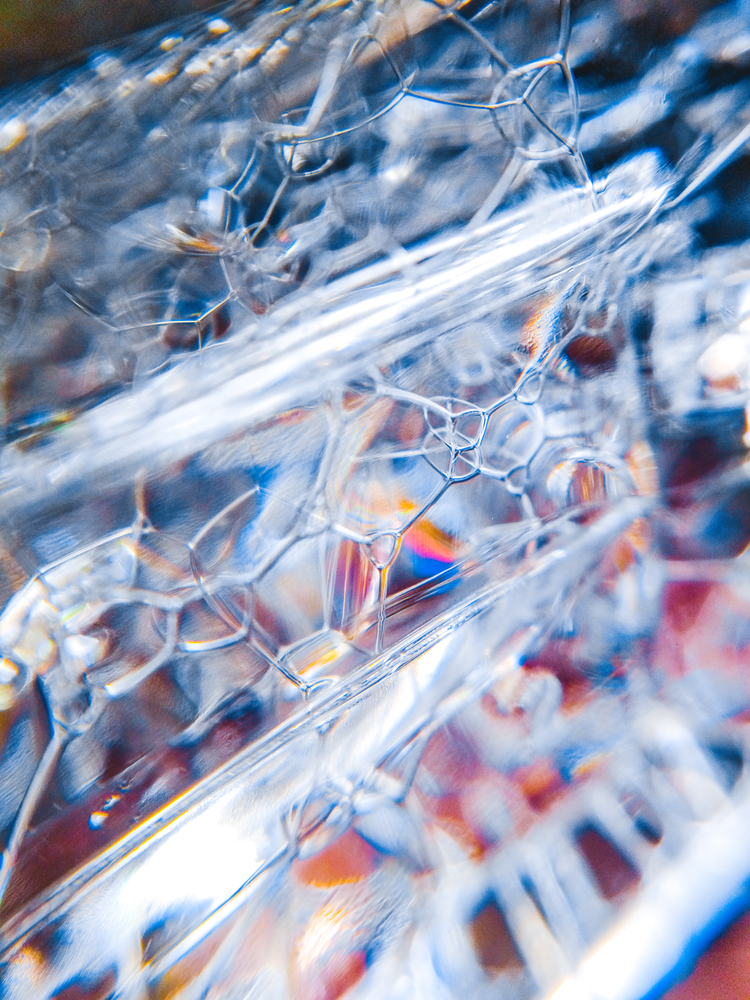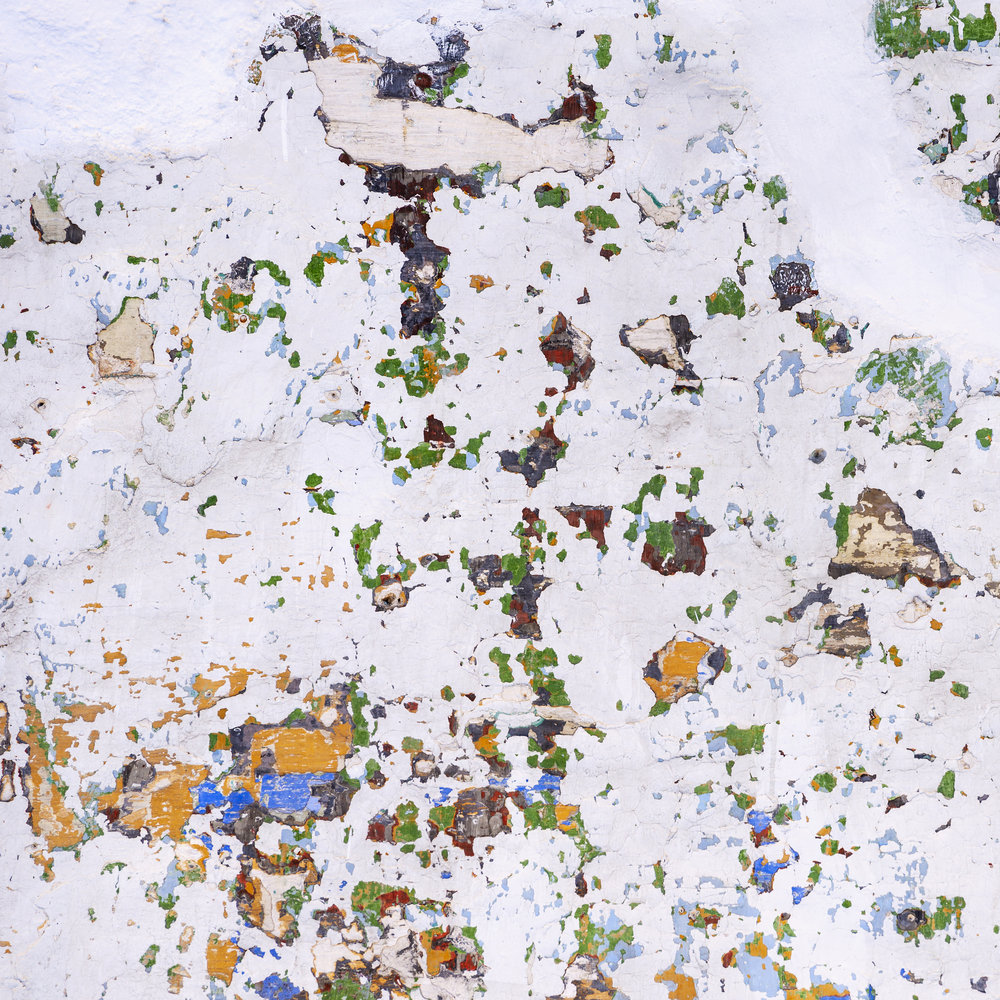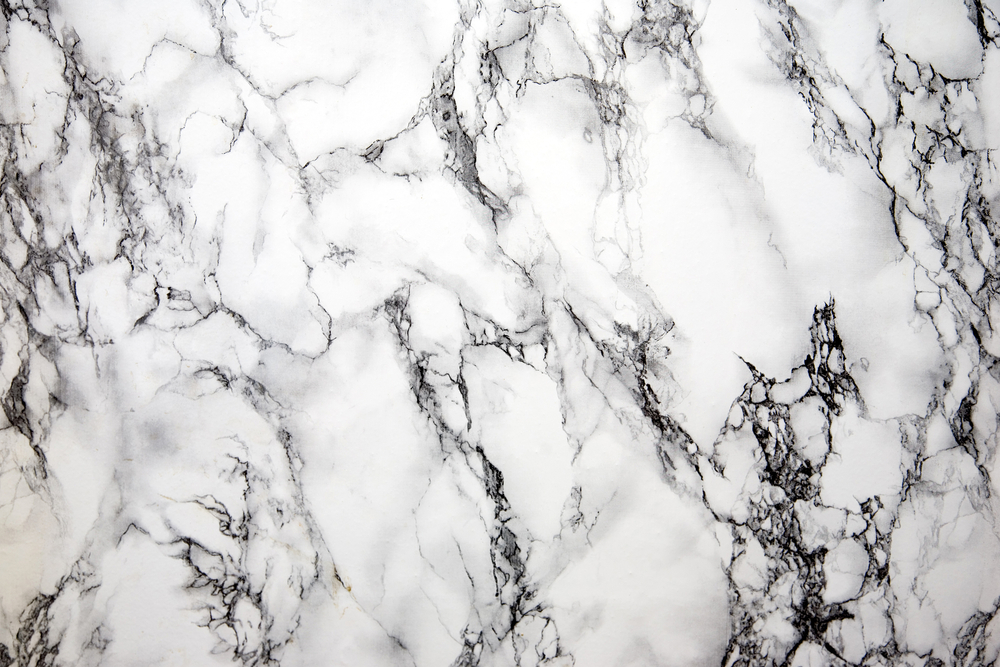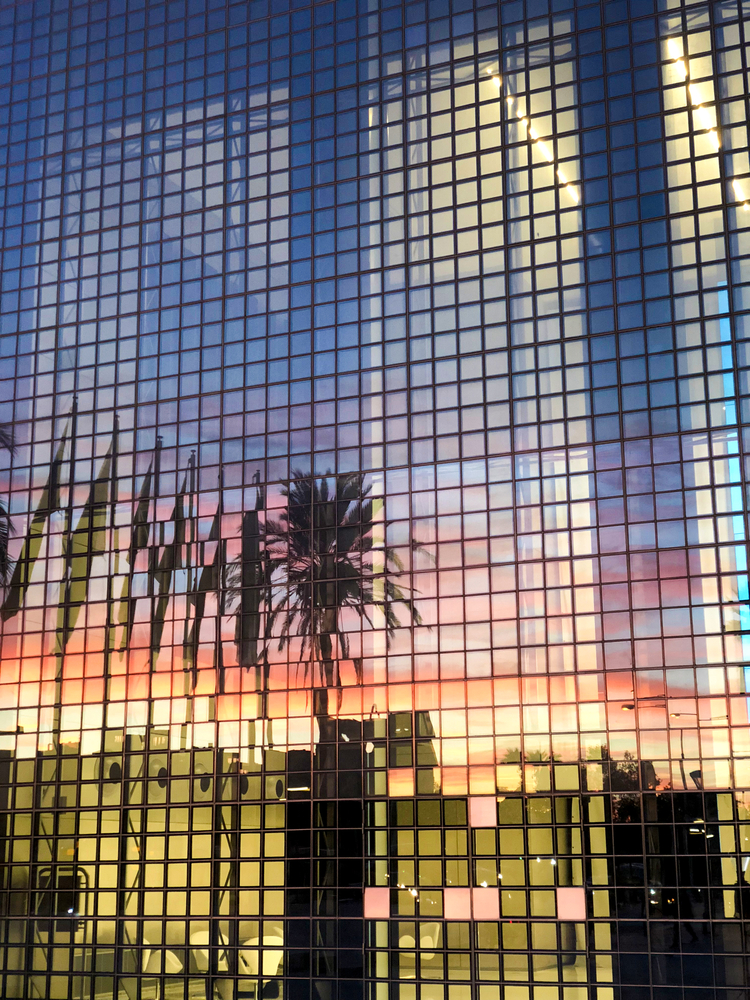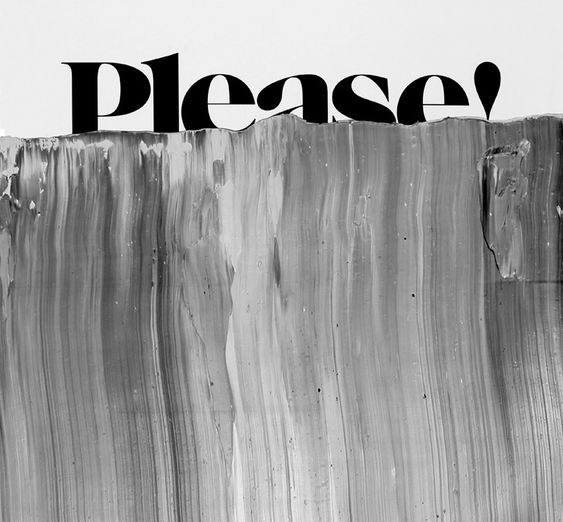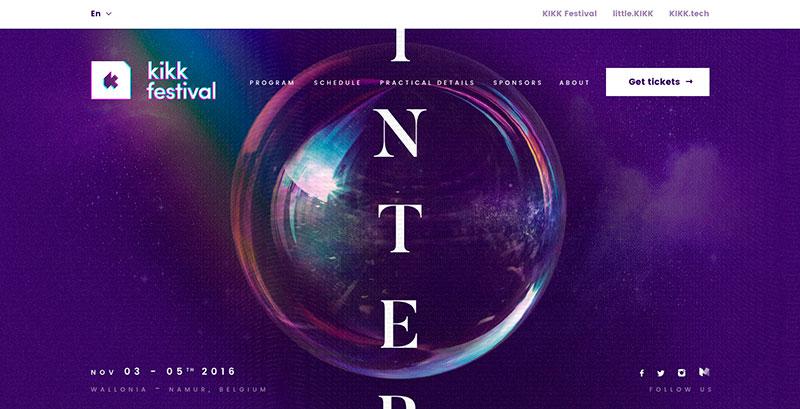Distressed Textures For Your Upcoming Designs
One of the prominent 2019 trends was Nostalgic Flashbacks. We saw the 70s and 90s stylistics used in different spheres, from fashion and beauty to graphic design. Creatives were reinventing old forms, shapes, and textures to appeal to an audience with more sentimental and distinct designs.
Arguably, trends are difficult to predict, but what we know for sure is that every year, designers continue to interpret, adapt, and build on new and existing trends. Distressed textures are a popular medium to integrate into designs to give them a whole new look and feel. Distressed textures are also a safe bet when you’re looking to trends for inspiration.
In this article, we’ll cover everything you need to know about distressed textures, ways to use them and we will also share a collection of handpicked visuals that you can use in your designs.
What is texture and why use it
Being one of the seven elements of art, texture is a physical feel or appearance of an object. We usually describe it with adjectives like rough, smooth or soft, bearing in mind that it looks like or has a particular surface.
For instance, when you’re visiting a museum of arts, you’re reviewing hundreds of art pieces, from sculptures to sketches. You don’t think that it’s made of concrete or marble. The fabric on the waist of the sculpture looks flowing and you imagine a silky texture instead of a rough one.
A texture in visual arts often refers to the perceived surface quality, not the actual one. Whether in sculpture, painting or graphic design, it is used not only convey a message but also provide context. Depending on the way you use a texture, you can add interest and the illusion of tactile surface to a composition.
Ways to use distressed texture in design
Styles that were popular in the 90s or even earlier are gaining momentum again. To saturate creative works with nostalgy, designers turn to distressed textures of mosaics, grunge poster papers, and glitches.
These worn, shabby, and faded images not only add a creative touch to designs but also evoke emotions among different audiences if they appeal to specific periods in time.
One popular example is adding a distressed texture to album covers to age them a bit. Something as simple as an image of a faded background can be added on top of a design to ‘age it’. Here are other ways you can integrate distressed textures in your designs:
1. Add layers, change opacity
Trends come back but they never remain the same. If a couple of decades ago you had to manually wear out a piece, now you can create a distressed texture in Photoshop or Illustrator.
Adding layers to flat designs or images has never been so easy. You can download a distressed texture vector and in a matter of seconds place it over an image. Playing with layer opacity and saturation can give you a whole gradient of the intensity of a distressed surface.
2. Experiment with typography
In minimalistic and monochrome designs, experiments with typography are always welcome. You will create some outstanding pieces if you do thorough research and opt for unconventional solutions.
For instance, you’ve definitely stumbled upon floral or paint typography designs that most often look neat and perfect. However, one of the Depositphotos contributors, Victor Zastolskiy, finds joy in combining the incompatible. He believes that visual arts are like cooking – if you choose incompatible ingredients your dish may either end up in the trash can or you can create a groundbreaking recipe.
Following his thought, here are some ideas for your design projects. For instance, you can draw inspiration from Soviet mosaics and adorn the letters with small patterns. To make a bold statement, try to experiment with typography and glitches. With this unusual but trendy distressed texture, you’ll create a design that will stand out.
3. Use photography as a texture
In addition to using distressed texture vectors, you can also enhance your composition with photographs of different textures. You can cut out parts, experiment with color adjustment,opacity and transparency to add more depth and curiosity to your work.
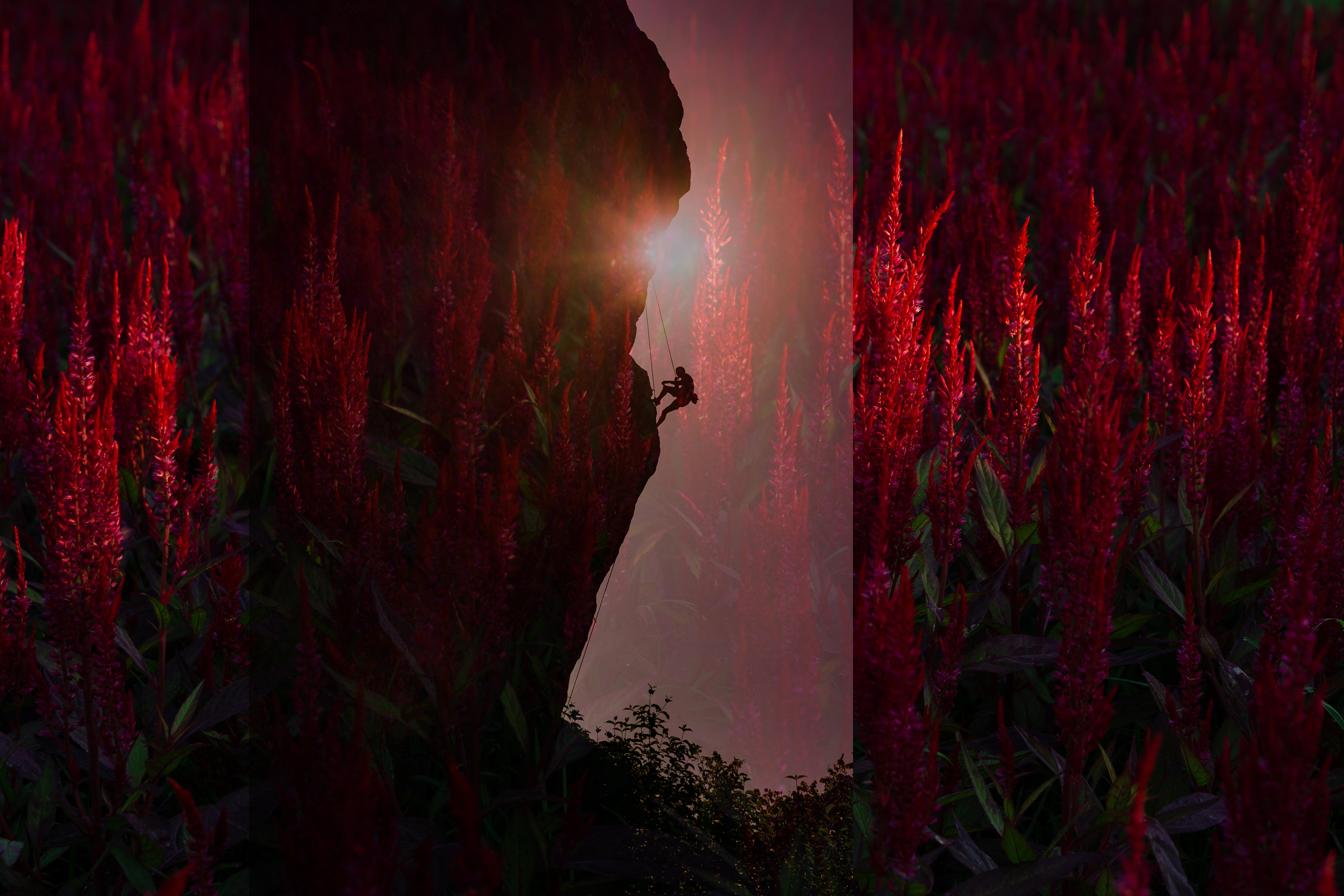
To find out more useful information on the topic, read our article “6 Ways to Use Textures in Graphic Design: Resources, Tips and Examples”.
However, if you’re just starting out with design, you can check out this YouTube tutorial by Retro Supply. In just four minutes, they share three easy methods to add textures to your design works and logos in Photoshop.
It turns out that adding distressed textures to your designs is easier than it seems. Choose a visual or a couple from our thematic photo collection and make your works look trendy.
10 trendy distressed texture images for inspiration
If you need even more inspiration and a larger variety of distressed texture images, go to the Depositphotos website, test our advanced search features, and explore over 100,000 visuals on the topic.
